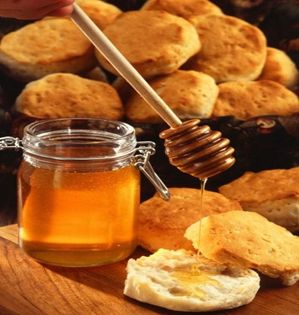
The Portuguese custard tart – Pastel de Nata – is the most iconic pastry in Portugal. There are plenty of great cafés and pastelarias in Portugal’s southern region that are popular among those who love pastéis de nata and other traditional Portuguese desserts.

Bacalhau: is a traditional food in Portugal, that is widely used in various Portuguese dishes and features on most restaurant menus. There are a variety of Portuguese Bacalhau dishes. You can have it baked, barbecued, canned, with potatoes, or with rice. Typically, Bacalhau is dried and salted and can be found in Continente and most big supermarket chains.

Fish Market in Quarteira: Near the western end of the promenade, you will find an indoor fruit and fish market. At the fish market you will find a great variety of fresh fish and shellfish on display in this market. Most of the fish you see is caught in the morning by the fishermen. There is also some imported fish (like salmon), but the local daily catch is the best. It doesn’t get much fresher than this. This fish market supplies many restaurants in the surrounding area with fresh fish and seafood. the façade of the building is decorated in traditional Portuguese mosaic tiles: The market is open weekdays and weekends from 11 am to 2 pm. The Fresh fish deliveries come in daily.
Cataplana dishes: Popular with seafood lovers and named after the cookware in which it is prepared – a clam-shaped dish that’s traditionally made of copper. The ingredients include onion, red and green peppers and tomatoes, cooked in olive oil, garlic, tarragon, parsley and white wine, among other ingredients like cubed pork, chouriço sausage, chicken, fish, prawns, clams or other seafood

The Seafood Platter: are a dish of raw and cooked shellfish served cold on a platter, usually on a bed of rice. And can be served with chips. The shellfish is often served in the shell. The dish includes crabs, prawns, scallops, oysters, mussles, lobsters, langoustines and periwinkle.

Bee Keeping
This Portuguese variety of honey has great nutritional value, and it is made by the Apis mellifera bee species from the Iberian Peninsula.
MEL DAS TERRAS ALTAS DO MINHO
This high-quality honey is produced in the mountainous areas of Viana do Castelo, Porto, and Aveiro in north-western Portugal, where heavy rainfall and the absence of urban centres and local industry, and thus the lack of airborne pollutants, make for the best honey possible. The honey is remarkedly dark in colour.

MAS DA TERRA QUENTE
This honey is considered to be one of the best in Portugal. It is produced by bee’s native to the Iberian Peninsula that inhabit the area of Terra Quente in the north-east of Portugal. It consists of floral varieties such as heather, eucalyptus, lavender, and especially rosemary.

I am text block. Click edit button to change this text. Lorem ipsum dolor sit amet, consectetur adipiscing elit. Ut elit tellus, luctus nec ullamcorper mattis, pulvinar dapibus leo.
Compared to the (Minho honey)
This honey is light amber in color and has a unique, rosemary-tinged flavor. Usually eaten as is, it also serves as an ingredient in the preparation of traditional Portuguese pastries.
Mel da Terra Quente PDO is produced mainly on uncultivated land, sometimes surrounded by stone walls. Hives must not be more than 1,000 m from eucalyptus woods. Honey must be extracted between July and September, either by pressure or the traditional method. Extraction and filtration must be carried out within the production area at a maximum temperature of 45 °C.
Official references to this variety of honey can be found in documents dating from the first half of the 18th century.






